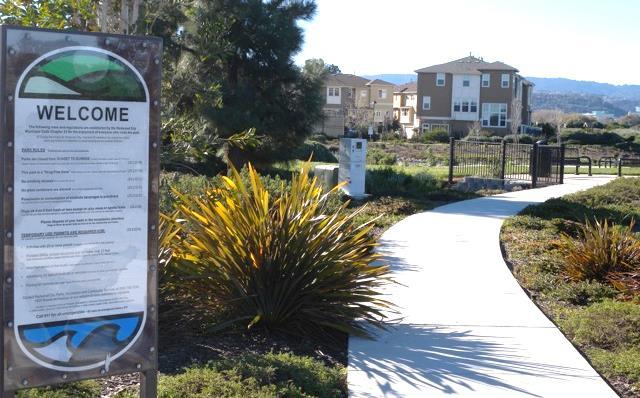Authors: Hanson Hom, AICP, Vivian Kahn, FAICP, and Matt Taecker, AICP
Download Printable Version
More cities are considering community benefits programs to supplement or provide an alternative regulatory tool to entitle development projects. These programs leverage developers to offer community benefits in exchange for added development capacity. Programs may be applied to both residential and non-residential development, such as office projects. Community benefits programs vary widely in terms of how they are implemented and are highly influenced by local market conditions and community objectives. What works in one community is not automatically transferable to another community. Effective programs require constructive communication and cooperation between city officials, developers, residents and community groups. This paper discusses factors to consider for structuring a successful community benefits program. Best practices are recommended, accompanied by insights on the pros and cons of certain practices.

City of Sunnyvale: new fire station serving new tech office campus and business park

City of Redwood City: Open space and trail system
